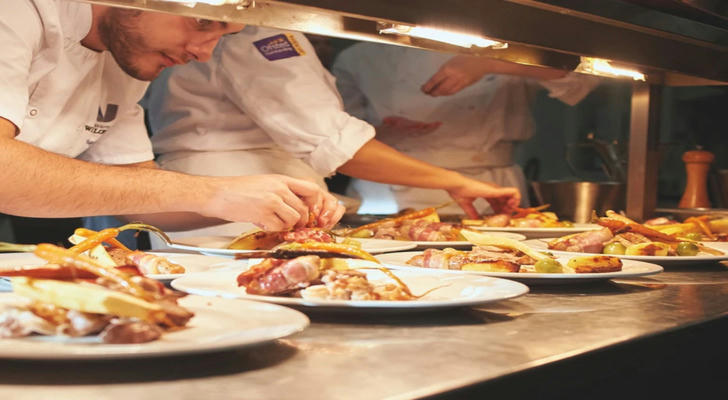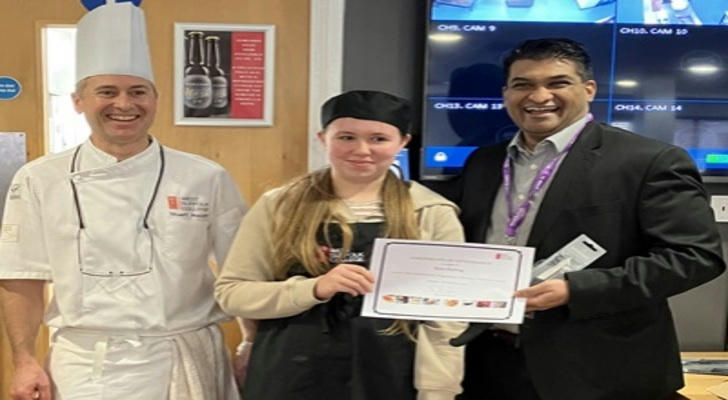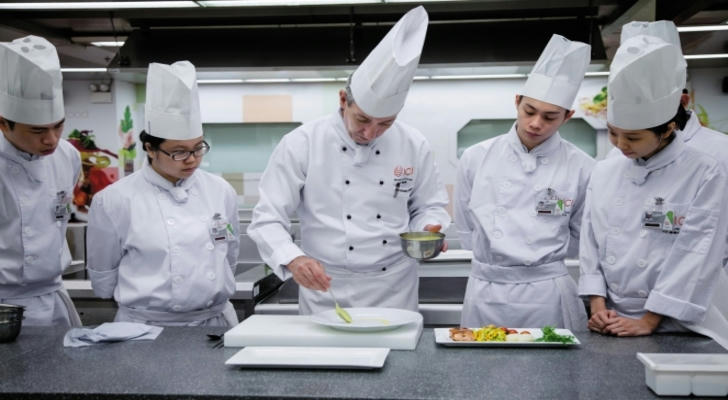Mastering the Culinary Arts: A Comprehensive Guide to Becoming a Certified Western Cook
The culinary industry is a vibrant and competitive field that demands both passion and professionalism. Within this realm, Western cooking remains a cornerstone of global cuisine, known for its technique-driven dishes and cultural diversity. For aspiring chefs, obtaining a Western Cook certificate is more than a milestone—it's a formal recognition of culinary skill, discipline, and career readiness.

What Does a Western Cook Do?
A Western cook is trained to prepare and present dishes from European and North American traditions. These include French, Italian, Spanish, American, and other regional cuisines. Responsibilities go beyond cooking—they involve managing food quality, understanding flavor profiles, maintaining hygiene standards, and executing dishes with consistency and creativity.
In professional kitchens, Western cooks play crucial roles on the line, overseeing sections such as grill, sauté, or garde manger. Their ability to adapt and deliver under pressure makes them valuable assets in restaurants, hotels, cruise lines, and catering services.
The Importance of Certification in Culinary Careers
While culinary talent can be innate, certification provides structured learning and validation of skills. Earning a certificate in Western cuisine signals that a cook has undergone formal training, understands culinary fundamentals, and can work efficiently in a professional kitchen environment.
Certified cooks are often preferred in hiring processes because they are expected to be familiar with:
Standardized recipes and procedures
Safe food handling and sanitation laws
Kitchen brigade systems and team communication
Global culinary trends and dietary accommodations
A certificate also builds confidence and opens pathways to further education, specialization, or leadership roles in the kitchen.
Educational Routes to Certification
Depending on your goals and resources, several learning pathways lead to Western Cook certification. Each offers distinct benefits:
1. Culinary Schools and Colleges
These institutions offer structured diploma or degree programs that cover core kitchen skills, culinary theory, nutrition, menu design, and more. They often include externships in real kitchens, allowing students to gain practical experience.
2. Vocational Training and Technical Institutes
Short-term certificate programs at vocational centers focus on practical, hands-on training. Many of these programs are recognized by national culinary boards and provide intensive learning in a shorter timeframe.
3. Online Certification Courses
For those unable to attend in-person classes, online programs offer video lessons, interactive assessments, and mentorship. Some institutions also include in-person exams or hybrid training to ensure practical exposure.
Tip: Always verify if the course is accredited by recognized organizations such as Worldchefs, City & Guilds, or national hospitality authorities. Accreditation guarantees industry-standard education and broader acceptance of your certification.

What You’ll Learn: Key Competencies and Skills
A certified Western cook must demonstrate proficiency in both basic and advanced culinary techniques. Most programs cover a broad skill set, including:
Knife handling and mise en place preparation
Cooking methods like roasting, sautéing, grilling, and baking
Sauce making and seasoning control
Soups, salads, meats, seafood, and vegetable preparation
Food safety regulations and kitchen hygiene protocols
Plating techniques and food presentation standards
Menu planning, costing, and kitchen inventory management
Courses often culminate in practical assessments, written exams, and the presentation of a portfolio of completed dishes. These components allow candidates to showcase their consistency, creativity, and understanding of culinary principles.
The Certification Process: From Enrollment to Evaluation
The certification journey generally involves the following steps:
Enrollment in a recognized program or course
Completion of all coursework and practical modules
Final assessment, which may include written tests, skill demonstrations, or a live cooking exam
Optional internship or industry placement (especially for diploma or advanced-level programs)
Issuance of certificate, often with a grading or level designation (e.g., Basic, Intermediate, or Professional)
For example, some global certifications follow the Worldchefs' framework, which includes levels like Commis Chef, Chef de Partie, or Professional Cook depending on your experience and training hours.
Turning Certification Into Career Opportunities
With a recognized Western Cook certificate in hand, you’re well-positioned for diverse culinary roles. Certified professionals often start as line cooks or junior chefs and gradually move into roles such as:
Sous-chef or Kitchen Supervisor
Banquet or Catering Chef
Food Truck or Bistro Owner
Private or Personal Chef
Culinary Instructor or Workshop Facilitator
Beyond the kitchen, certification can also be leveraged in culinary tourism, food styling, or menu consulting. Many certified cooks choose to pursue further specialization—such as pastry, butchery, or plant-based Western cuisine—to expand their expertise and marketability.

Practical Tips for Success
To make the most of your certification journey, consider the following steps:
Research thoroughly: Compare different programs, their duration, cost, and post-certification support.
Seek hands-on practice: Volunteer in kitchens or intern to gain real-world experience alongside your studies.
Network with professionals: Join culinary forums or alumni groups to stay connected with industry trends and job openings.
Document your work: Keep a portfolio with photos, recipes, and feedback to showcase your development and creativity.
Commit to lifelong learning: The culinary world evolves constantly—embrace new techniques, cuisines, and technologies.
Conclusion
Becoming a certified Western cook is a rewarding journey for those who are passionate, disciplined, and eager to grow professionally. The right training equips you with both the technical and creative skills required to thrive in high-pressure kitchens and dynamic food environments. With a recognized certificate, you not only gain a competitive edge in the job market but also position yourself for long-term success in the ever-evolving world of Western cuisine.
